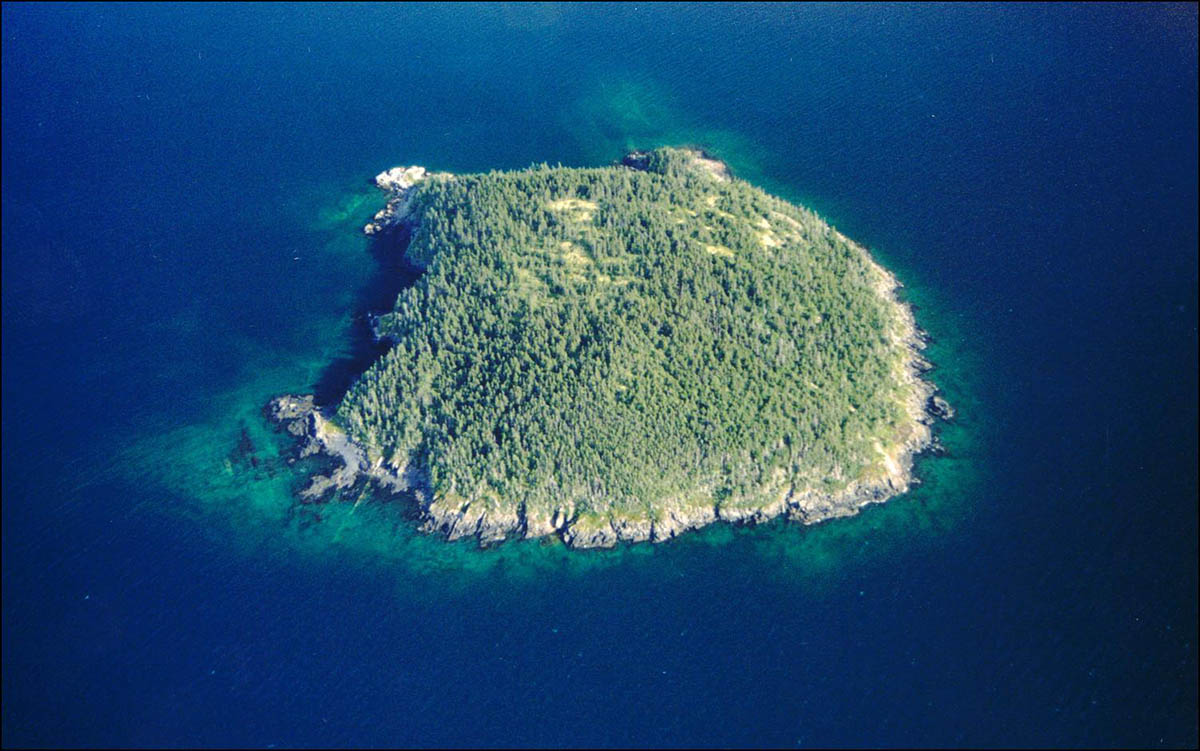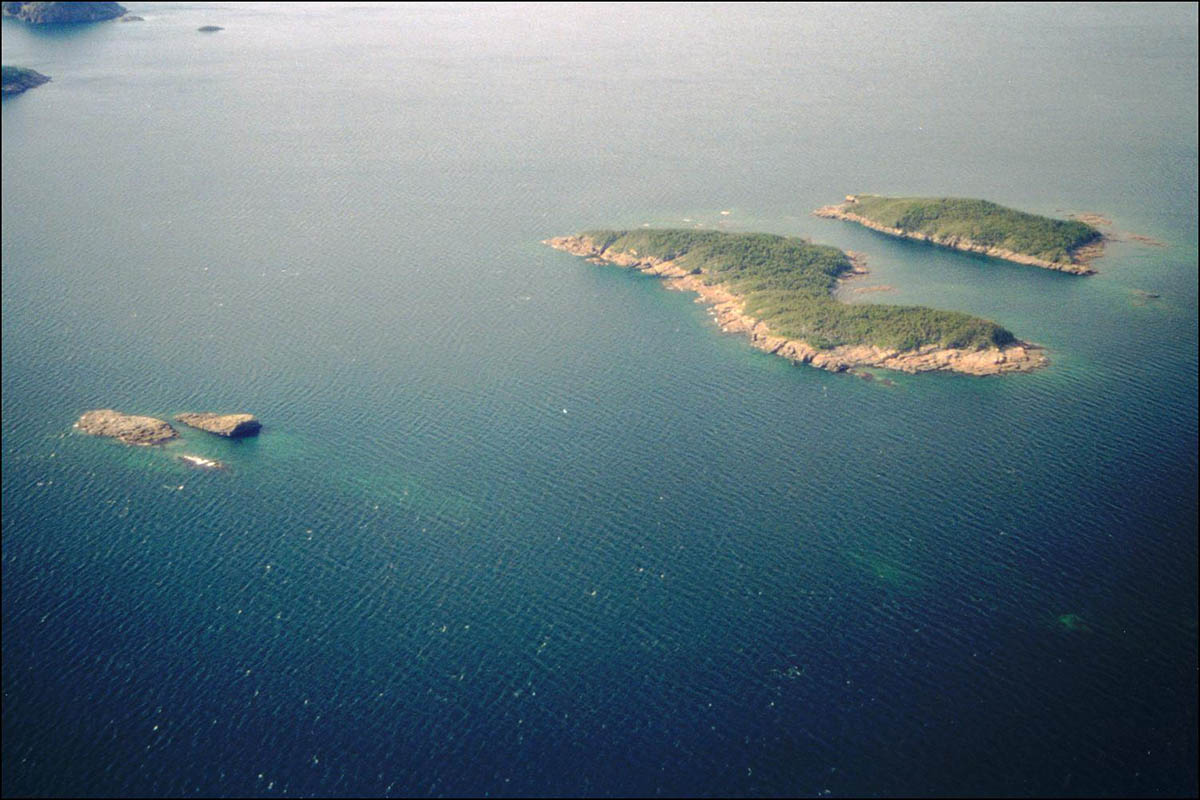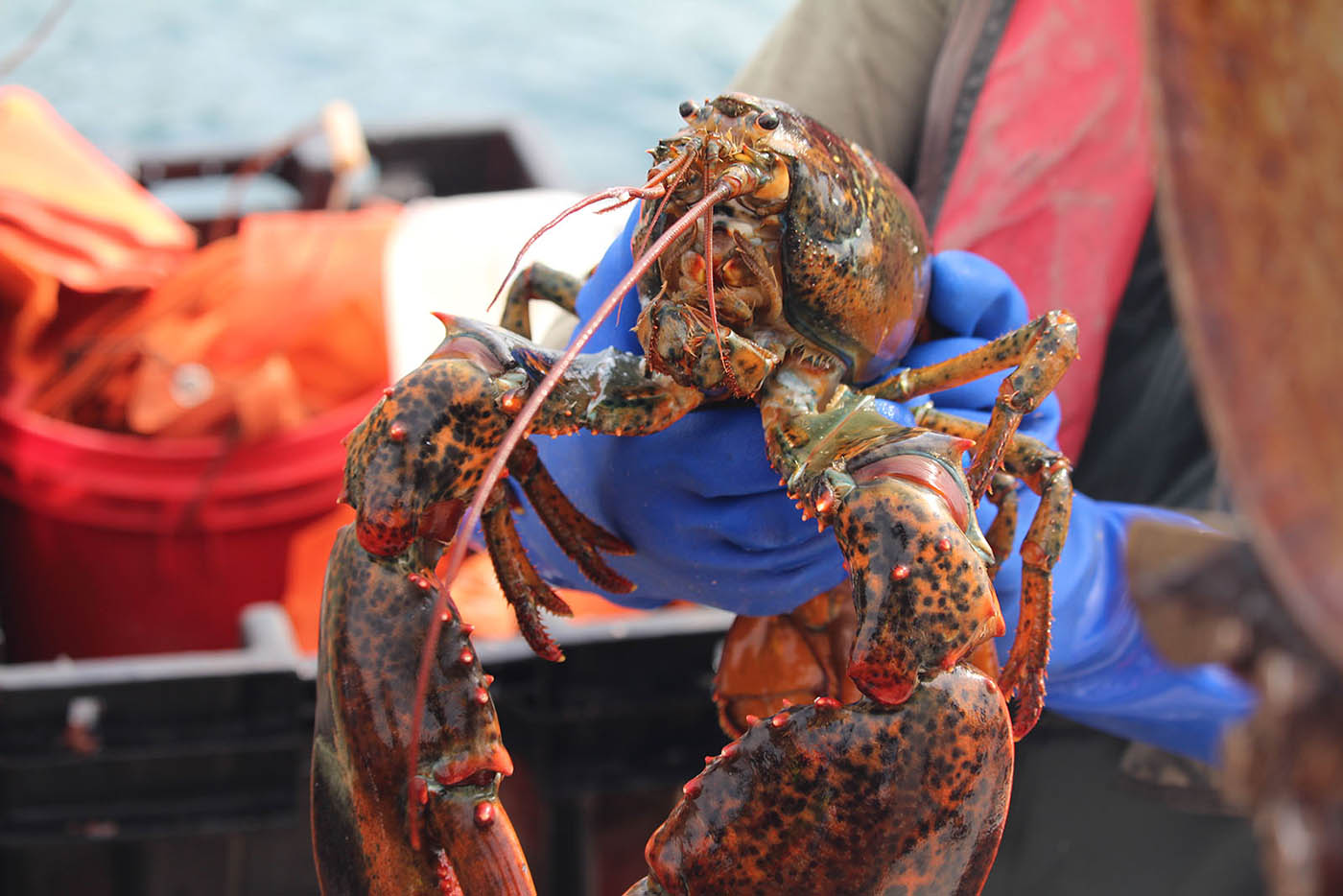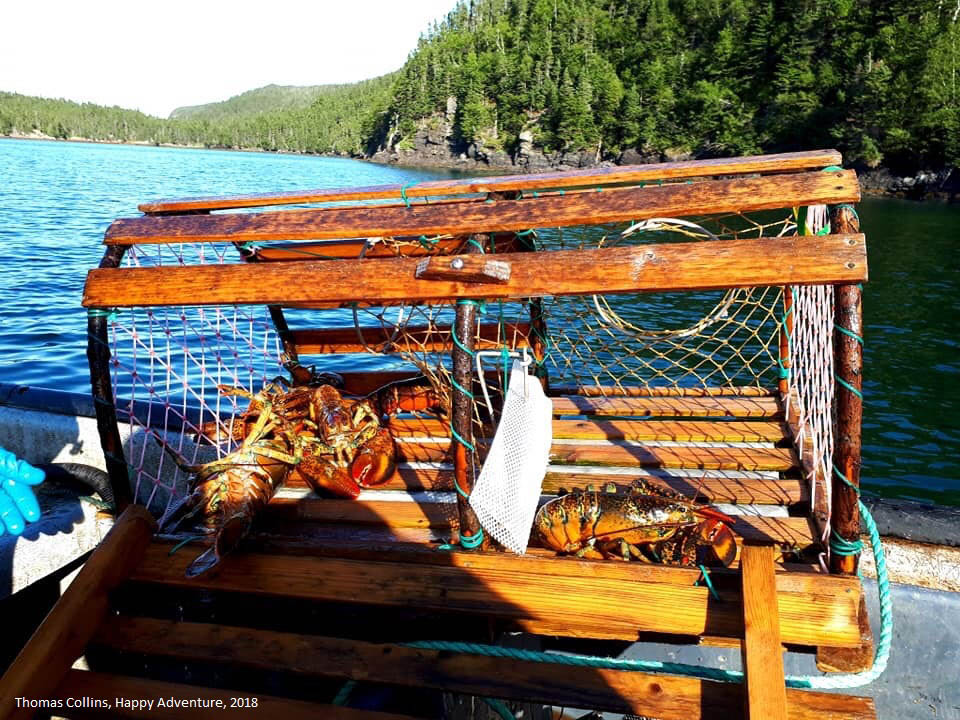Eastport Marine Protected Area (MPA)
Note:
Charts, diagrams and contact information on this website are provided for information purposes only and should not be used for fishing, navigation or other purposes. Please refer to the MPA Regulations or contact your regional Fisheries and Oceans Canada office for official coordinates.
On this page
At-a-glance

Map: Eastport Marine Protected Area
Dataset for all MPAs available.
Location
Northeast coast of Newfoundland; Newfoundland-Labrador Shelves Bioregion.
Size (km²) contribution to Marine Conservation Targets
About 2 km²
% coverage contribution to Marine Conservation Targets
About < 0.01%
Date of designation
September 2005
Conservation objectives
- Maintain a viable population of American lobster through the conservation, protection, and sustainable use of resources and habitats within the Eastport Peninsula Lobster Management Area (EPLMA)
- Ensure the conservation and protection of threatened or endangered species
Prohibitions
The Eastport MPA Regulations prohibit activities that disturb, damage, destroy or remove from this Area, living marine organisms or any part of their habitat, unless listed as exceptions in the Regulations or approved by the Minister.
Environmental context
The Eastport Peninsula is one of the most picturesque areas of Bonavista Bay. The rich, productive waters surrounding the Peninsula are host to a wide range of groundfish, pelagic fish, shellfish, marine mammals, and aquatic plants. The MPA comprises two small “no-take” areas surrounding Round Island and the Duck Islands, within a 400km² EPLMA conservation area. Fishing effort is restricted within the EPLMA, conservation measures such as v-notching are encouraged, and enforcement activity is increased. The EPLMA is also the focus of significant science monitoring and research.
The MPA was put in place to address declining lobster catches. There is now scientific evidence which suggests that protecting the two areas of prime lobster habitat and limiting lobster fisheries in the surrounding conservation area have sustained and perhaps enhanced the local lobster fishery.
Ecosystem
The Eastport Peninsula, one of the most picturesque areas of Bonavista Bay, is located approximately three hours' drive from St. John's, Newfoundland. The rugged coastline is interrupted by a number of headlands, coves, and beaches. Numerous islands found in the area provide habitat for a variety of marine wildlife. The rich, productive waters surrounding the Eastport Peninsula are host to a wide range of:
- groundfish
- pelagic fish
- shellfish
- marine mammals
- aquatic plants.
Since early settlement the people of the Eastport Peninsula have relied on the fishery for their economic subsistence.
In 1995, to address declining catches, the Eastport Peninsula lobster fish harvesters formed the Eastport Peninsula Lobster Protection Committee (EPLPC). The aim of the Committee was to implement an overall lobster conservation strategy for the Eastport Peninsula. Committee members provided information and data required for the management of the resource and implemented various measures to address conservation and sustainability. Based on the initial success of various initiatives, the EPLPC developed an agreement with Fisheries and Oceans Canada in 1997 to close two areas of prime lobster habitat (under the Fisheries Act) and limit local lobster harvest in a 400km² conservation area surrounding the MPA, known as the Eastport Peninsula Lobster Management Area (EPLMA). One benefit of these initiatives has been the ability of fish harvesters, government, community youth, academics, and scientists to work together and share information and knowledge for better management of the lobster fishery.
In 1999, the EPLPC approached Fisheries and Oceans Canada on establishing a Marine Protected Area (MPA) under the Oceans Act in the Eastport area. The EPLPC feel that establishing a MPA would support their current work and aid in implementing further conservation initiatives. There is scientific evidence that suggests that protecting the two areas of habitat has sustained and perhaps enhanced the local lobster fishery.
In October 2005, the Minister of Fisheries and Oceans Canada announced the designation of the Eastport Marine Protected Areas.
Management and conservation
The regulatory conservation objectives for Eastport are:
- to maintain a viable population of American lobster through the conservation, protection, and sustainable use of resources and habitats within the EPLMA
- to ensure the conservation and protection of threatened or endangered species
While not directly related to the conservation and protection of the American lobster and its habitats, non-regulatory conservation objectives do support general marine conservation and the overarching goals of the steering committee. The non-regulatory conservation objectives are:
- to ensure participation of interested and affected stakeholders and the overall management of the resource
- to increase stewardship and public awareness of lobster, the ecosystem of the Eastport MPAs and marine conservation measures
- to promote scientific research to increase levels of understanding regarding the Eastport MPA ecosystem and to help achieve the conservation objectives; and
- to ensure potential economic benefits resulting from conservation of the resource are centered in the local communities of the Eastport Peninsula; and to maintain and enhance the quality of the Eastport ecosystem
For more information on the Eastport Marine Protected Area management and conservation please review the Eastport Marine Protected Area Regulations (SOR/2005-294) and Review of Eastport Marine Protect Area monitoring indicators, protocols and strategies (2014) (CSAS SAR - 2014/012).
Activity application for Eastport MPA
Scientific and educational activities are allowed in the Eastport MPA if a proponent submits an activity plan to Fisheries and Oceans Canada (DFO) and it receives Ministerial approval.
Visit Activity application for Eastport MPA to learn more
For further information please contact:
MPA Management TeamMarine Planning and Conservation, Aquatic Ecosystems Branch
Fisheries and Oceans Canada
Oceans Programs Division, Newfoundland Region
P.O. Box 5667
St. John's, NL A1C 5X1
Publications
- Eastport MPA Management Plan 2023 - 2028
- Eastport Marine Protected Areas (MPA) annual report 2023
- Efficacy Of The Eastport Marine Protected Area For American Lobster, Homarus Americanus (2017, PDF, 2.6 MB)
- Limited Contribution of Small Marine Protected Areas to Regional Biodiversity: The Example of a Small Canadian No-Take MPA
- An assessment of the biological indicators for the Eastport Marine Protected Area (MPA): A case study in support of an ecosystem (CSAS ResDocs - 2017/001)
- Eastport: marine protected areas management plan: 2013-2018
- Review of the Eastport Marine Protected Area Monitoring Indicators, Protocols and Strategies (CSAS SAR - 2014/012)
- Eastport Marine Protected Area (MPA) Case Study In Support Of Ecosystems Goods And Services Valuation (2014, PDF, 470 KB)
- Eastport Marine Protected Areas Monitoring Report 2012 (PDF, 426 KB)
- Efficacy of conservation measures for the American lobster: reproductive value as a criterion (2012)
- Assessing Marine Protected Areas as a conservation tool: a decade later, are we continuing to enhance lobster populations at Eastport, Newfoundland? (2009, PDF, 630 KB)
- Long-term effects of marine reserve protection on the population structure, density, and reproductive potential of the American lobster (Homarus americanus) in Bonavista Bay, Newfoundland (2010)
- Recent Trends and Management Changes in the American Lobster (Homarus americanus) Fishery in Newfoundland (CSAS ResDocs - 2009/096) (PDF, 153 KB)
- Regulatory Impact Analysis Statement (PDF, 1 MB)
- Date modified:



